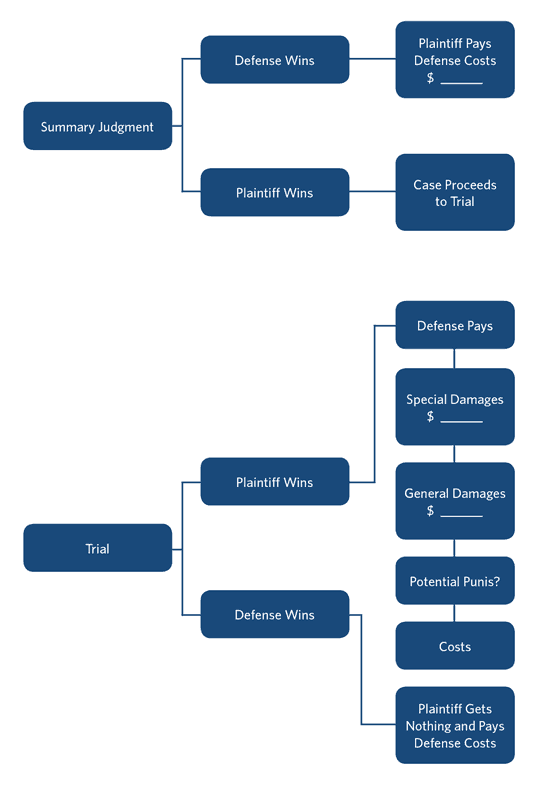In litigated cases, clients deal with myriad uncertainties. How can we help them make informed decisions about whether to litigate or whether to settle?
We first need to understand our clients’ approach to decision-making. Are they methodical, such as an insurance adjuster who has evaluated a case according to a specific risk analysis protocol? Are they driven by emotions, such as a husband who sues for defamation solely to prove to his wife that he didn’t do the derogatory things the newspaper published? As a litigator and a mediator for the past 25 years, I’ve observed that clients often cling to a single way of thinking about their case. When their thinking gets stuck, it becomes difficult for them to evaluate their case from different perspectives.
How can we help our clients view their case from different perspectives to broaden their understanding of the possible outcomes?
Often we present information only in written form, but this may not always be the most effective way for our clients to absorb information. Some people are visual learners while others are auditory or logical learners; some learn better in groups while others alone. When we present information in a variety of ways, we’ll be more successful in ensuring that our clients absorb the information.
For example, do they need to see and hear the opposing party or star witness? Do they need to see and talk about flow charts that reflect the possible outcomes of their case, rather than read a memo? Perhaps clients need a bit of all these elements.
Simple flow charts that map out possible pre-trial and trial outcomes are often helpful for the visual and logical learner. Below are very basic sample flow charts. For a more detailed discussion on how to map out possible litigation outcomes and their likelihood of occurrence, I invite you read an article I wrote HERE.



